Our Medical Equipment Guide
-
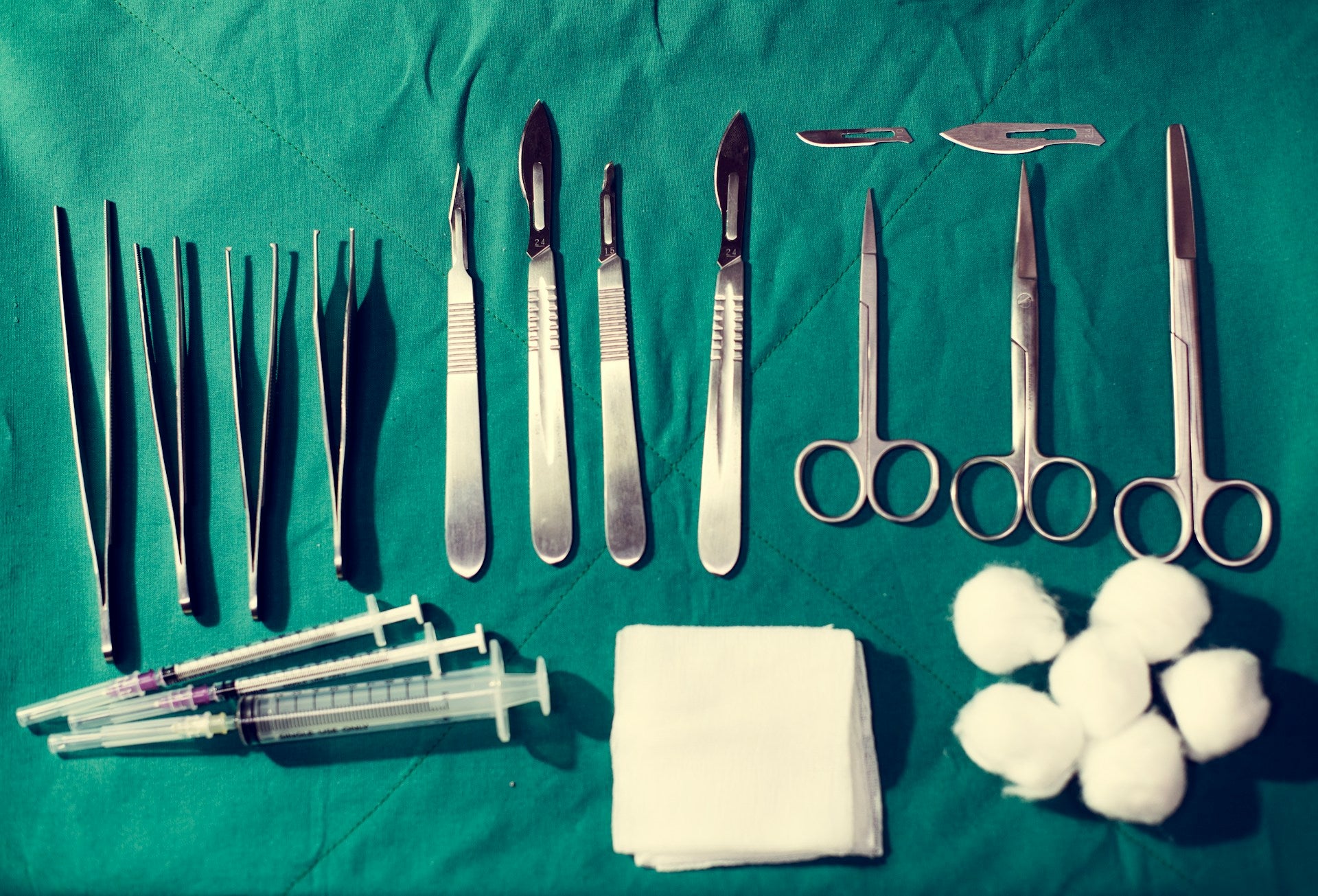
Understanding Hand Instruments for Procedures
Hand instruments and tunneling sets are vital tools in many medical and dental procedures. They allow surgeons and dentists to perform precise tasks, ensuring patient safety and outcome success. These...
Read More -
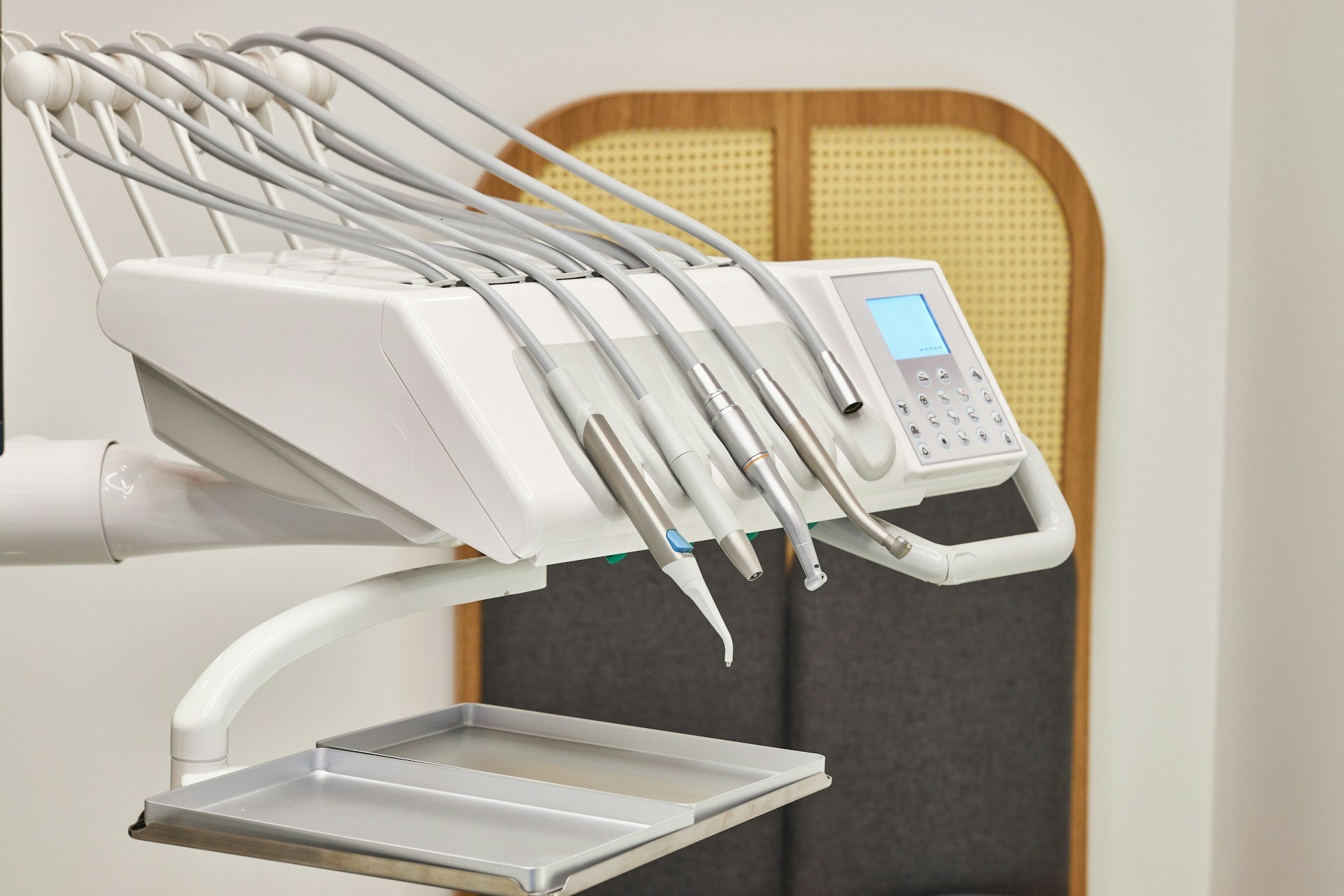
Why Quality Dental Carts Matter in Your Clinic
Dental carts play a crucial role in the daily operations of any dental clinic. These mobile units help us keep all necessary tools and supplies within arm’s reach, making it...
Read More -
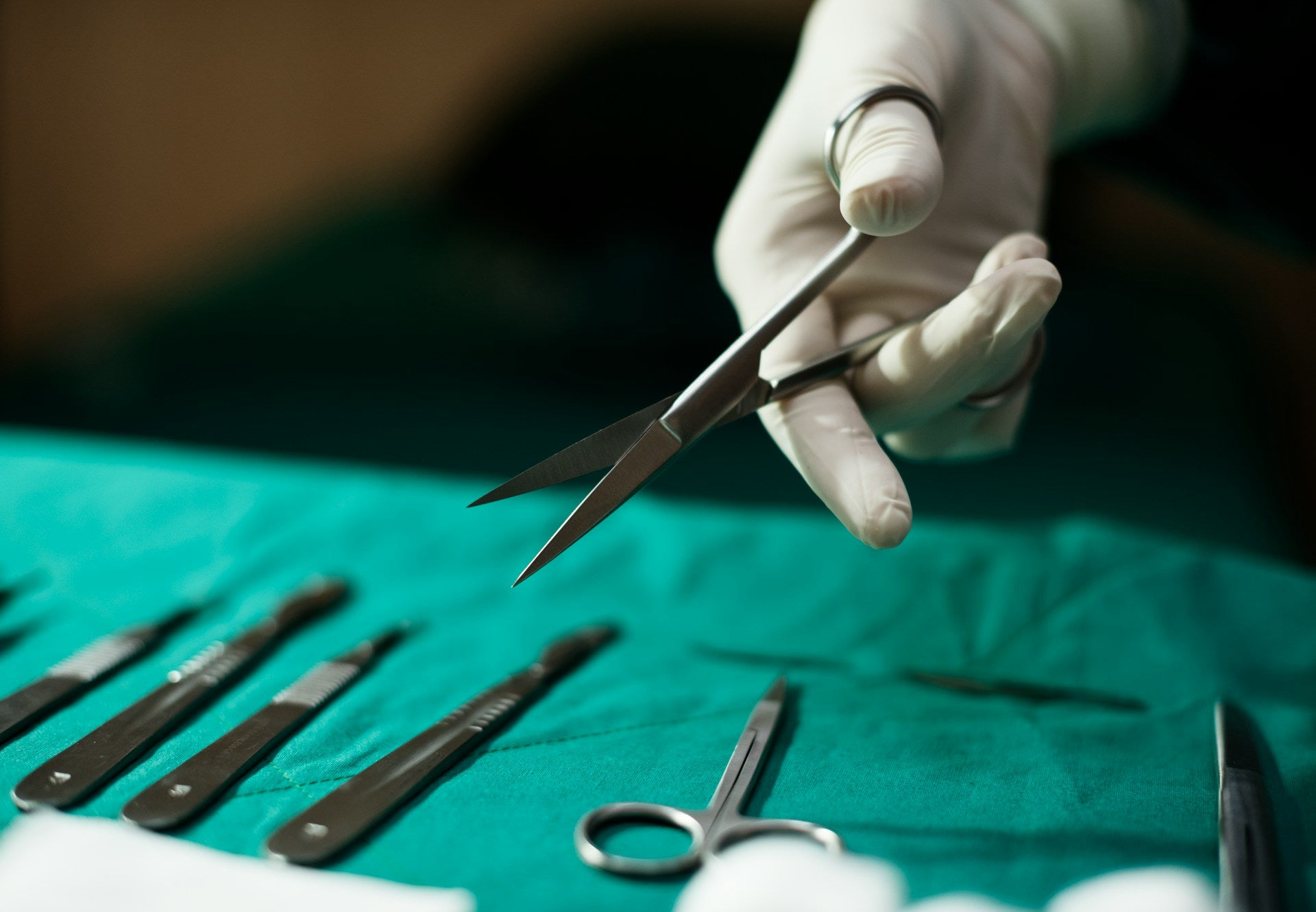
Selecting the Right Medical Sutures
Selecting the right sutures for different medical needs is crucial for successful patient outcomes. Sutures, also known as stitches, are used to close wounds, surgical incisions, and various types...
Read More -
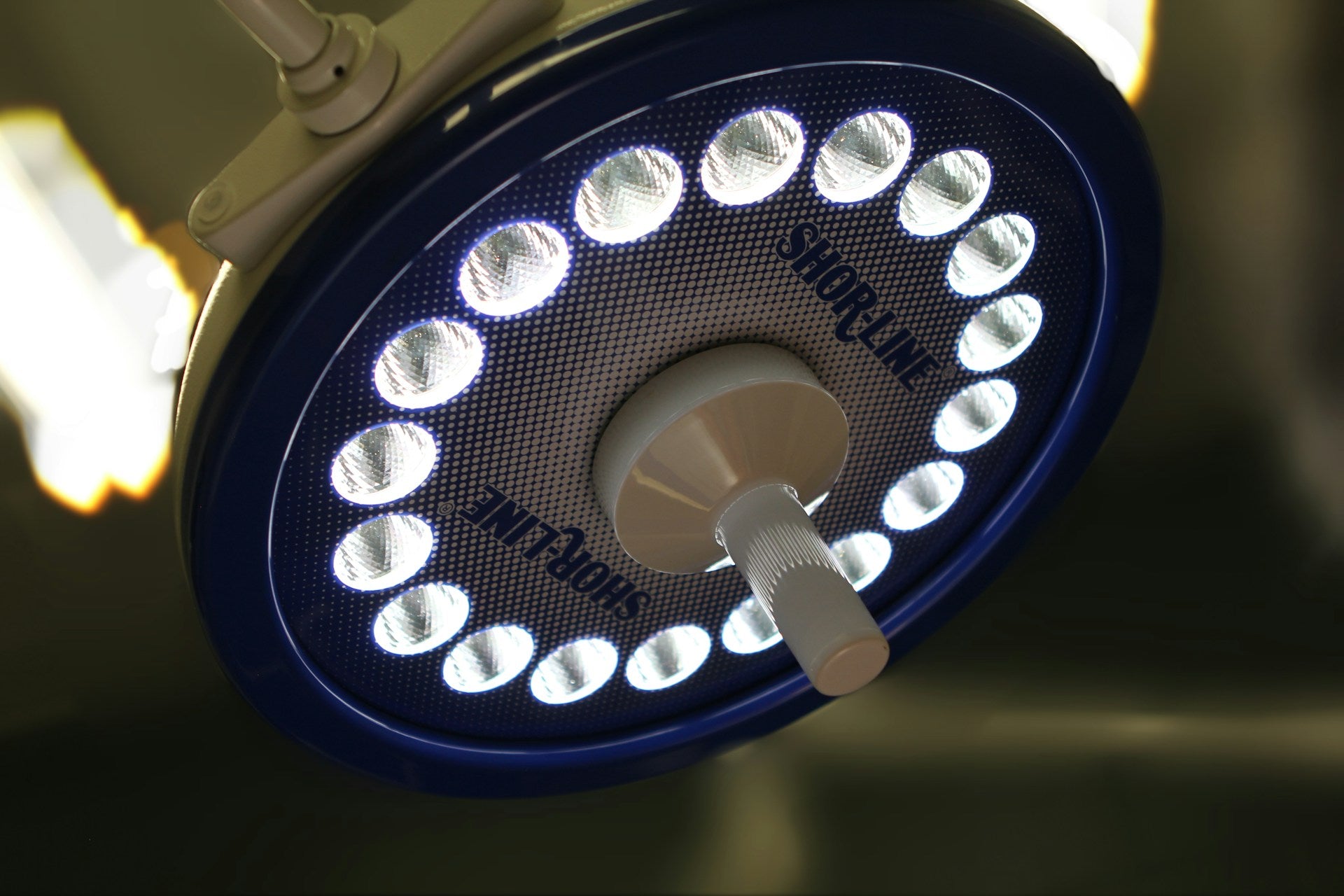
Top Tips for Selecting the Best Surgical Lights
Selecting the best surgical lights is crucial for successful surgical procedures. Good lighting helps us see accurately and perform with precision, which is vital for patient safety and efficient...
Read More -
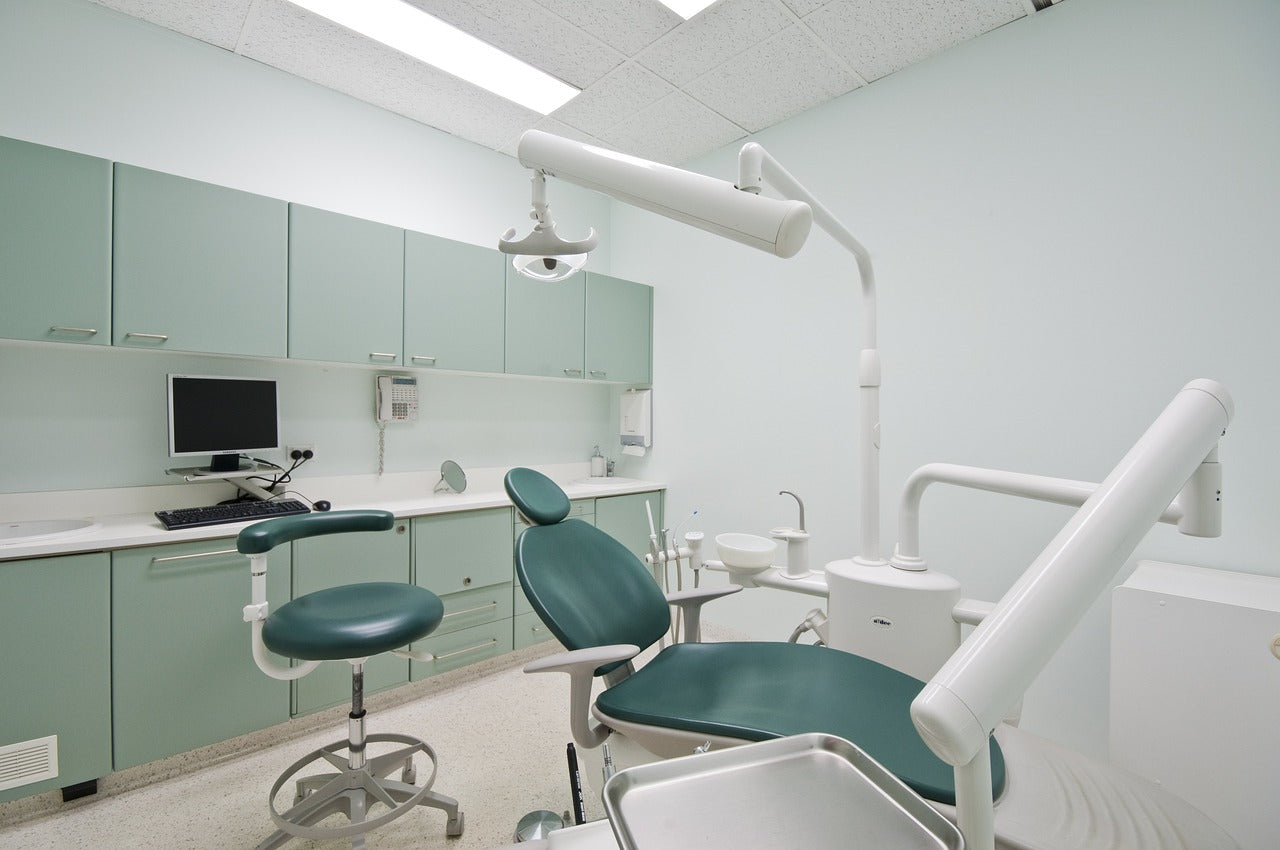
Top Benefits of Saddle Stools for Medical Professionals
Medical professionals often face long hours of demanding work, whether it's performing intricate surgeries, attending to patients, or conducting examinations. Staying comfortable and maintaining good posture during these tasks...
Read More -

Vital Hand Instruments for Every Surgical Team
Hand instruments are fundamental tools in surgical procedures across various medical fields. These instruments enable precision, control, and efficiency, which are critical for successful outcomes. Whether we are performing...
Read More






